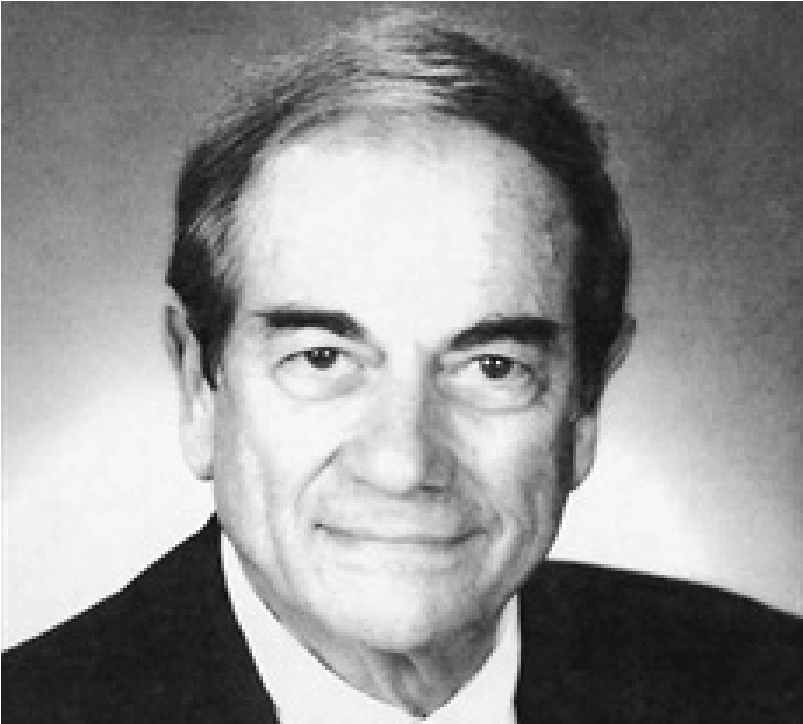Recent Posts
- Swing Against Cancer 2025
- New grant funds first-of-its-kind gene therapy to treat aggressive brain cancer
- Study links PFAS contamination of drinking water to a range of rare cancers
- USC study explores new insights into innate resistance for immunotherapies in colorectal cancer
- An early blood test can predict survival in patients with metastatic prostate cancer, shows USC study
John D. Carpten elected fellow of AACR Academy
March 29, 2021
By Wayne Lewis
American Association for Cancer Research honors distinguished USC Norris Comprehensive Cancer Center scientist
 John D. Carpten, PhD, founding chair for the Department of Translational Genomics in the Keck School of Medicine of USC, has been named to the 2021 class of fellows of the American Association for Cancer Research’s AACR Academy. He is the holder of the Royce and Mary Trotter Chair in Cancer Research and co-leader of the Translational and Clinical Sciences Program at USC Norris Comprehensive Cancer Center.
John D. Carpten, PhD, founding chair for the Department of Translational Genomics in the Keck School of Medicine of USC, has been named to the 2021 class of fellows of the American Association for Cancer Research’s AACR Academy. He is the holder of the Royce and Mary Trotter Chair in Cancer Research and co-leader of the Translational and Clinical Sciences Program at USC Norris Comprehensive Cancer Center.
The mission of the AACR Academy is to recognize and honor distinguished scientists whose major scientific contributions have propelled significant innovation and progress against cancer, and to leverage the expertise of the global brain trust of fellows of the AACR Academy to advance the mission of the AACR to prevent and cure all cancers through research, education, communication and collaboration.
“John Carpten has an extraordinary record of impact and an uncompromising vision of science that makes a difference in outcomes for people facing cancer,” said Caryn Lerman, PhD, director of the Norris cancer center and USC’s H. Leslie and Elaine S. Hoffman Professor in Cancer Research. “This recognition is well-deserved, and the AACR Academy will gain substantially from the participation of such a talented, collaborative researcher.”
Carpten, who also serves as professor and founding chair of translational genomics and founding director of the USC Institute of Translational Genomics, is an internationally recognized leader in cancer genomics and precision oncology, as well as a pioneer in investigating the biology behind disparities in cancer outcomes among populations.
The AACR has honored him previously, with its 2014 Distinguished Lectureship on the Science of Cancer Health Disparities. In 2016, the National Human Genome Research Institute invited him to deliver the Jeffrey M. Trent Lecture in Cancer Research, named in honor of the institute’s original scientific director and given by “a prominent cancer researcher who brings the kind of energy, creativity and enthusiasm to cancer research that Dr. Trent has exemplified throughout his career.”
Carpten’s current work focuses on personalizing cancer therapy to most effectively address the specific biochemical details of each patient’s disease. He studies the entire DNA and RNA sequences of tumors using next-generation instrumentation, in search of biochemical vulnerabilities that can be targeted with new or existing therapies.
With over 190 peer-reviewed publications and more than a dozen patents to his credit, Carpten has generated a number of landmark findings. He was one of the lead authors on the first study to probe the entire genome for inherited prostate cancer genes. Another key investigation resulted in the first identification of a true hereditary prostate cancer gene, labeled HOXB13.
He was also the lead author on a high-profile study that identified a novel oncogenic mutation in a gene called AKT1 that plays a role in the development of breast, colorectal and ovarian cancers. For multiple myeloma — which disproportionately affects African Americans — his lab has produced seminal research profiling common mutations in one genetic pathway and conducted the first study to comprehensively compare molecular alterations in tumors between Black and white patients.
Previous to his 2016 recruitment to USC’s faculty, Carpten served as deputy director of basic sciences and professor and division director of integrated cancer genomics at the Translational Genomics Research Institute in Arizona. Before that, he was a tenure-track independent investigator at the National Human Genome Research Institute, where he had pursued his postdoctoral training after earning his doctorate from Ohio State University. He received his baccalaureate degree from Lane College in Tennessee.


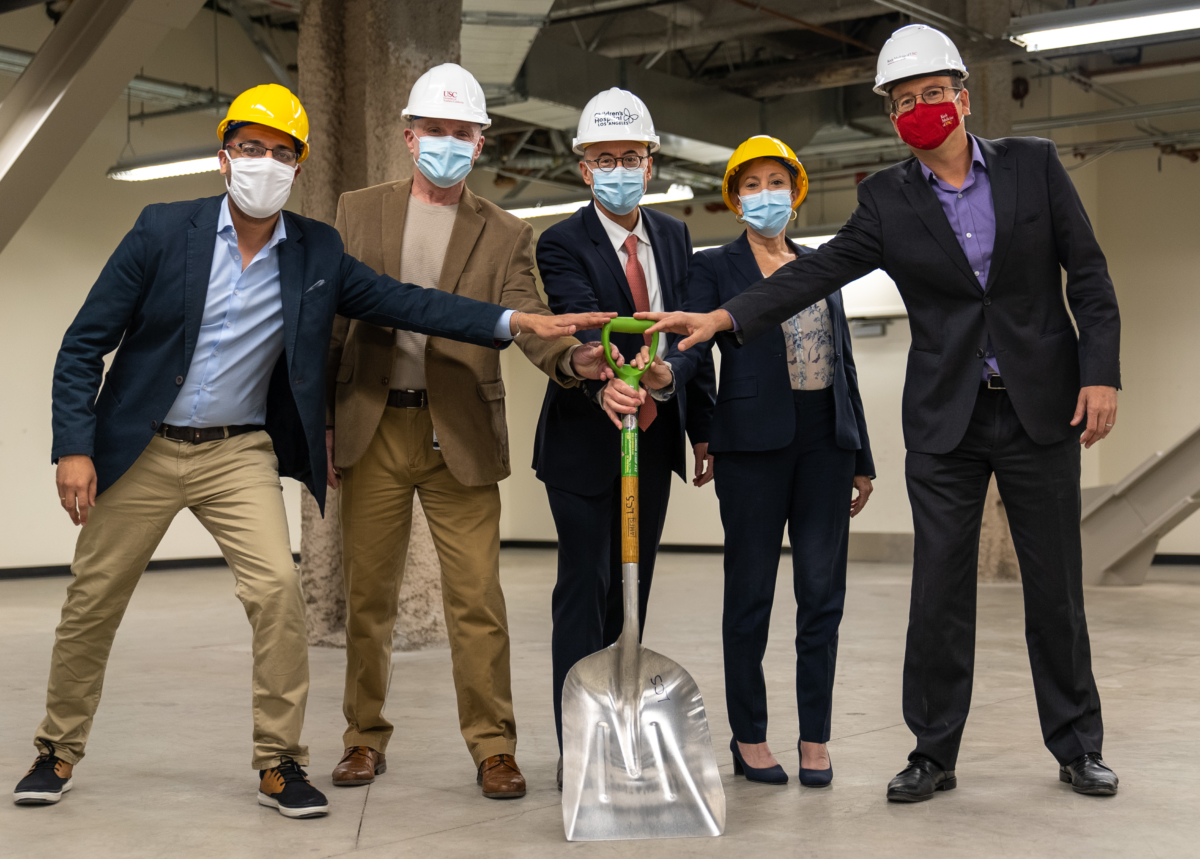


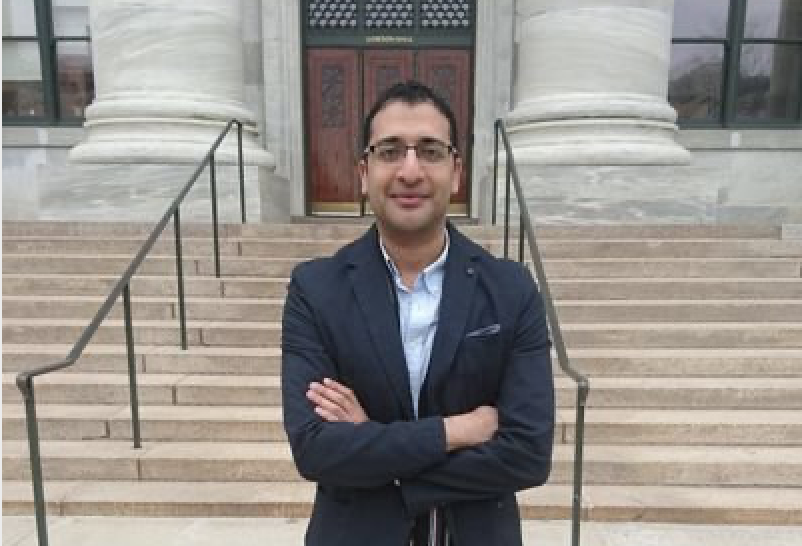

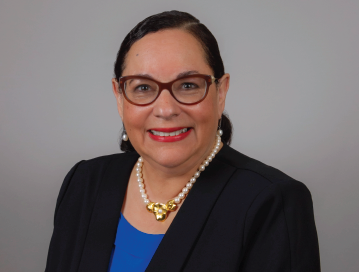
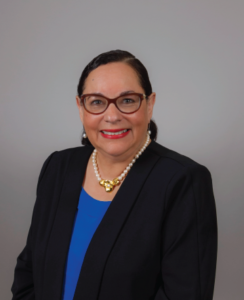 Lourdes Baezconde-Garbanati, PhD, MPH, Associate Dean for Community Initiatives, was the recipient of the 2020 American Association for Cancer Research Distinguished Lectureship on the Science of Cancer Health Disparities.
Lourdes Baezconde-Garbanati, PhD, MPH, Associate Dean for Community Initiatives, was the recipient of the 2020 American Association for Cancer Research Distinguished Lectureship on the Science of Cancer Health Disparities.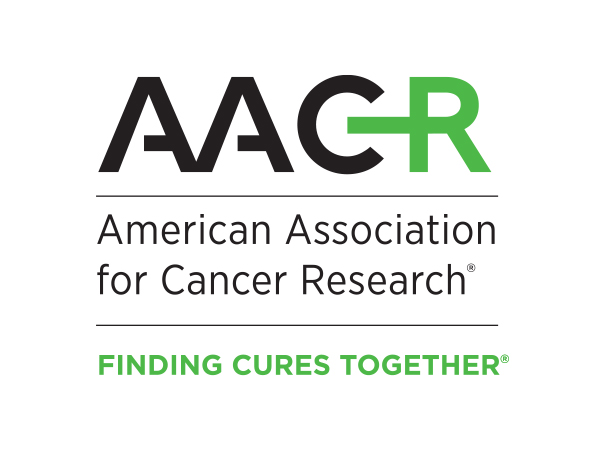
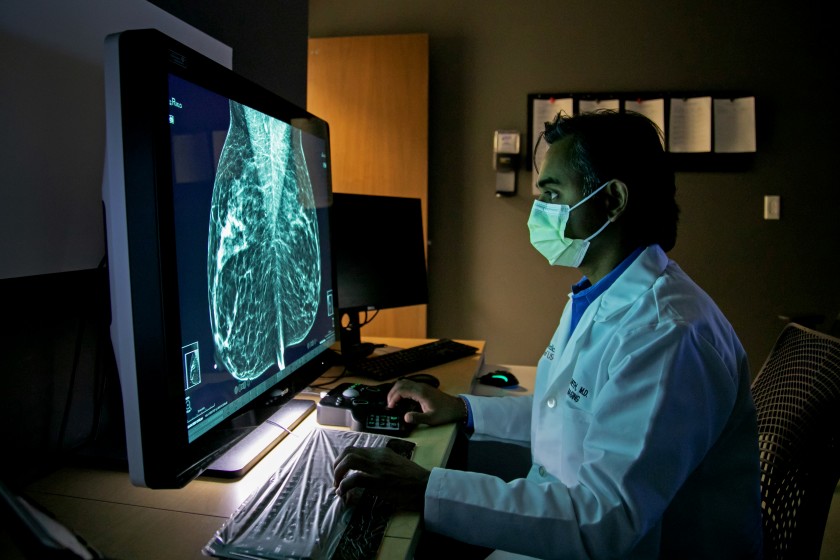

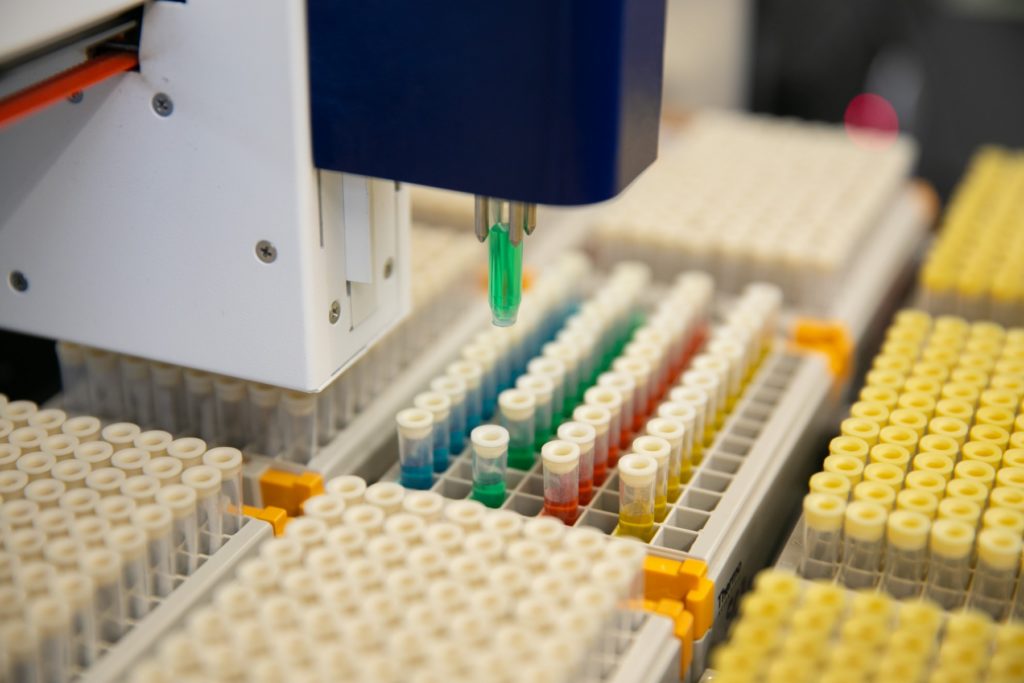 LOS ANGELES —
LOS ANGELES — 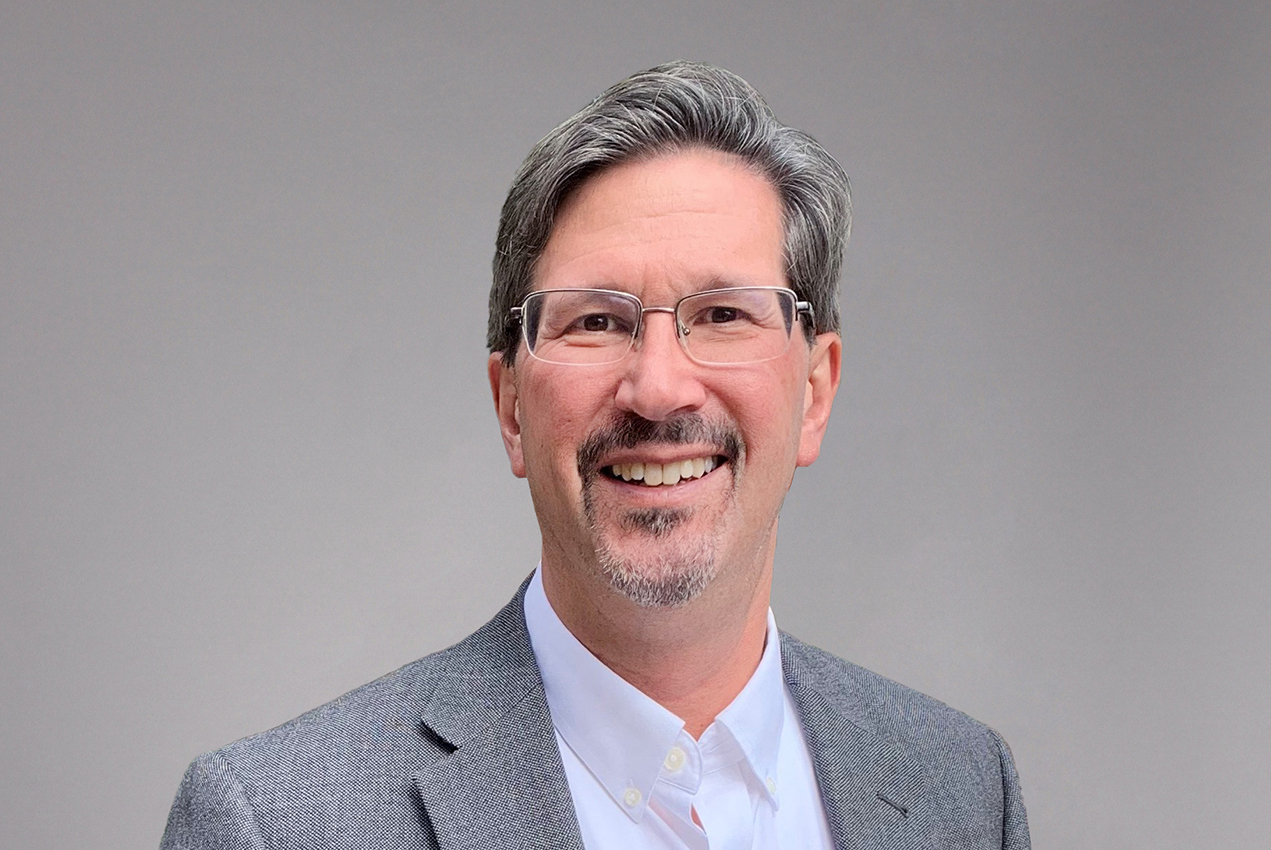
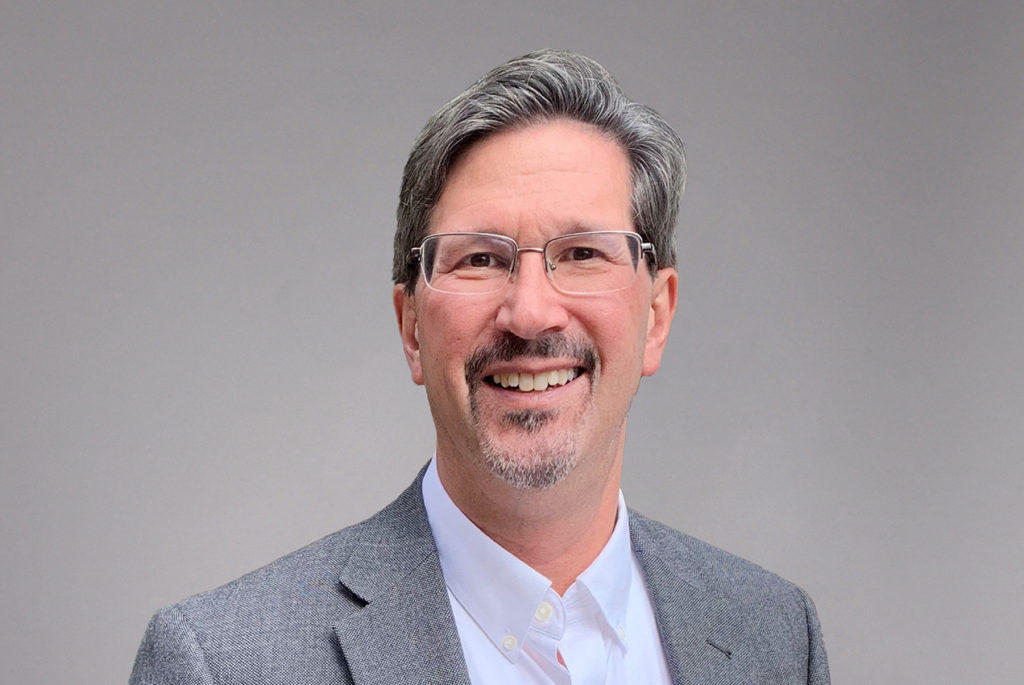
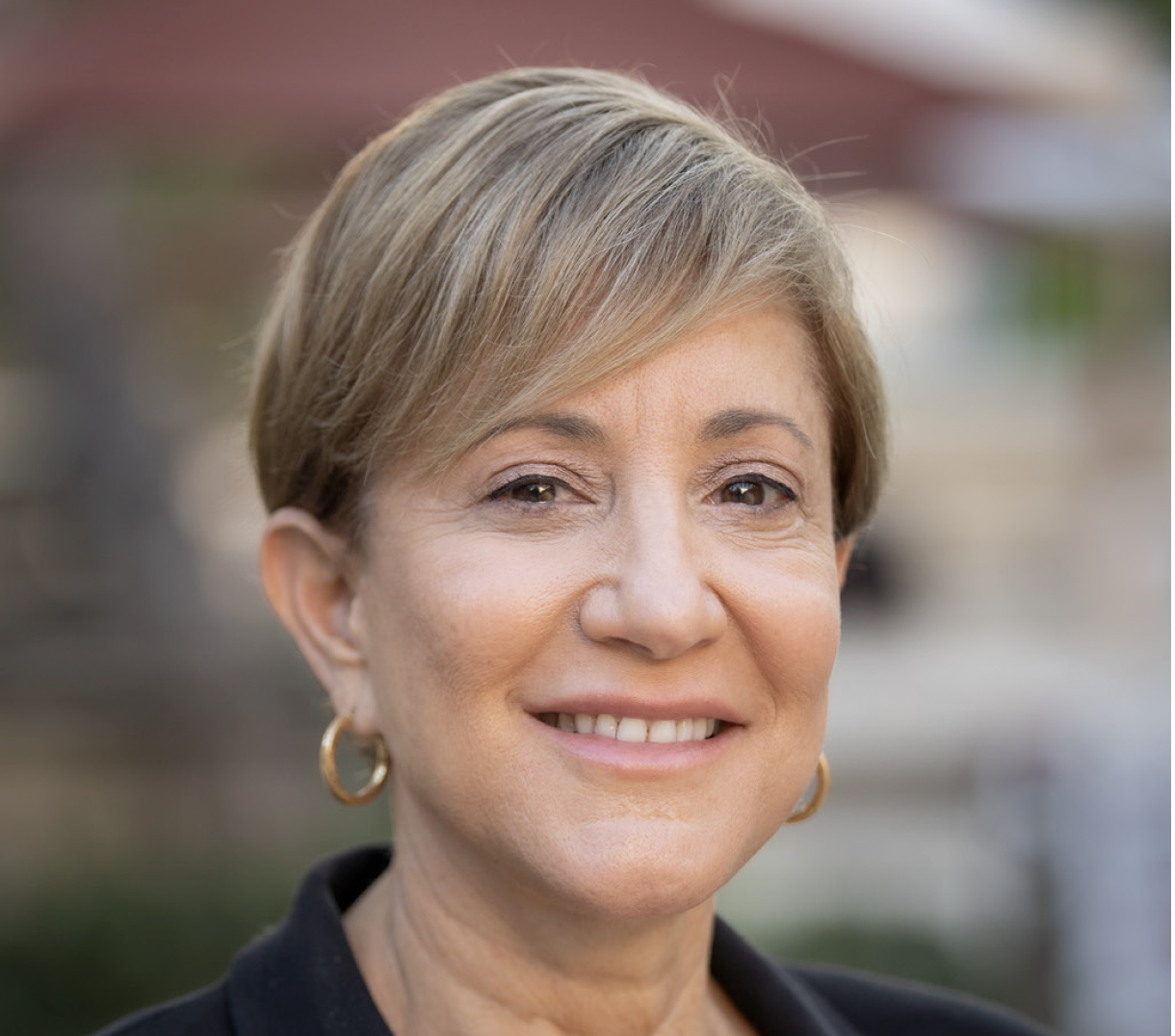
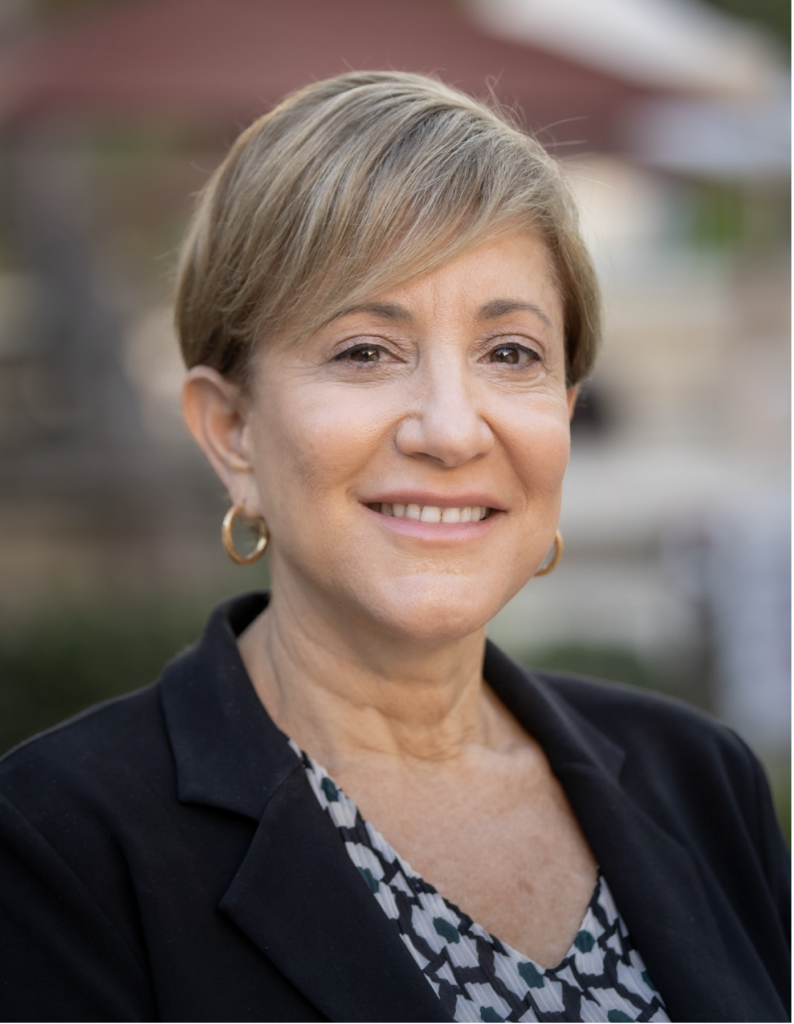 Caryn Lerman, PhD, director of the
Caryn Lerman, PhD, director of the 